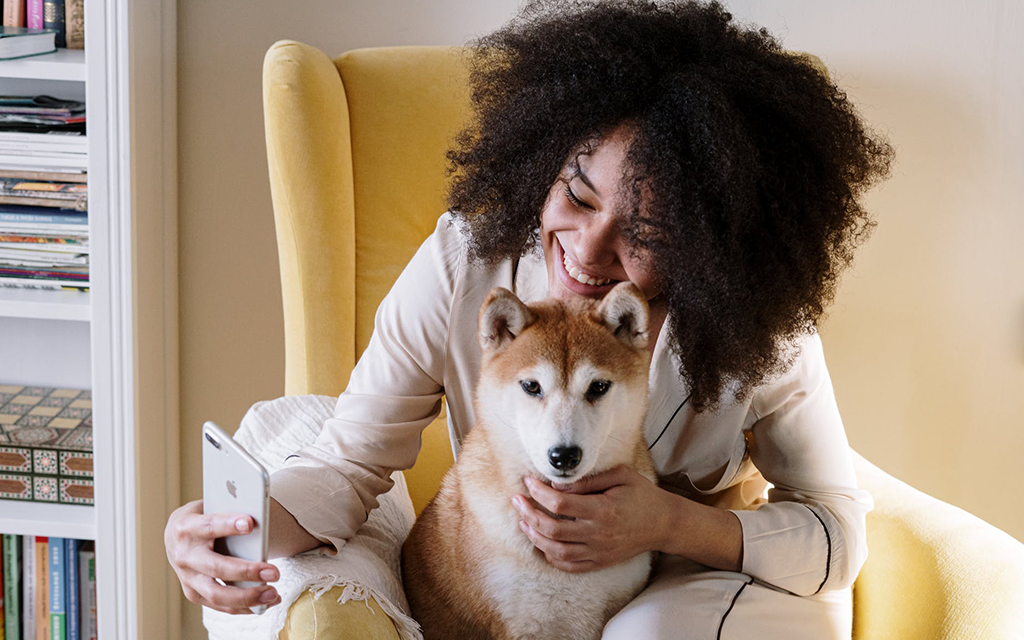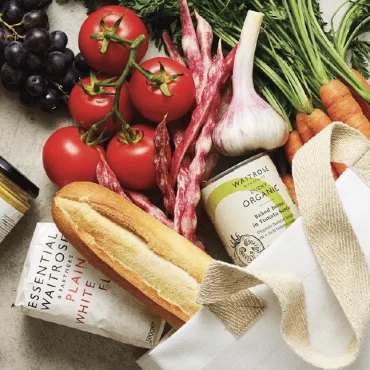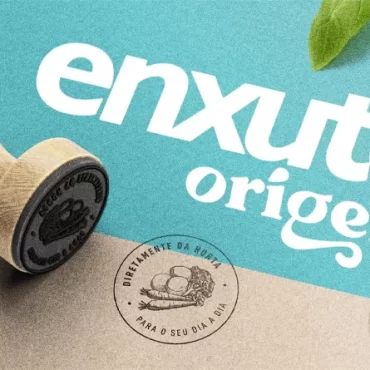Pet market: how brands can innovate their products and services

Get inspired
The profile of Brazilian homes is changing: 11.7 million people lived alone, in April 2020, which represents 16.2% of households, as pointed out by the National Continuous Household Survey released by IBGE. This reconfiguration has been opening more space for the adoption of dogs, cats and other friends, making the pet market the 3rd largest in the world, with almost 140 million pets, according to IBGE, and an increase of 41.56%, between 2013 and 2018, according to research by Instituto Pet Brasil.
Behind these numbers, there is still the fact that pets have been welcomed as part of the family and, therefore, people have been looking for products and services that offer more comprehensive care to animals and communicate with their lifestyle. To better understand what are the new demands of this segment and how some brands have generated value in this scenario, follow our tips!
How are the new members innovating the pet market?

The new family arrangements have brought changes in the profile of pets. Although, in Brazil, most of them are still dogs, between 2013 and 2018, there was an increase of 8.1% in households with cats, according to the Instituto Pet Brasil. Homes with small animals, such as rodents and fish, also grew during this period: 6% and 5%, respectively. The change is due to the increase in the number of people occupying small properties and the perception that these animals require simpler care.
Another factor is the late interest of millennials in building a family, which makes them develop a deeper link with animals and are more demanding around the products and services offered to them. But according to Michelson Found Animals executive director Aimee Gilbreath, this goes far beyond the humanization of pets. These people are “leveraging emerging trends to make it easier to be a good tutor, and to take better care of your pets.”
And how have brands positioned themselves in the face of these new demands?
To meet the new needs and interests of pet owners, brands need to offer a broad portfolio of products and services and, at the same time, a high standard of quality. Some companies are already moving in this direction and, combining sustainability and innovation, they have been generating business value and providing well-being and fun for pets of different species, sizes and tastes. Check it out!
1. Sustainability and natural raw materials
In search of products and services that cause less environmental impact, people have chosen brands that invest in sustainable and technological raw materials. In the pet cleaning and beauty segment, for example, the demand for products without parabens and other components derived from petroleum has grown.
In addition, with more people becoming aware of the risks of GMOs, such as excess sodium, the preference for organic foods has extended to the pet market. Thus, companies that rely on science and bet on natural ingredients showed an average growth of 9% and moved around U$ 1 billion a year, in 2017, according to Instituto Pet Brasil. In this scenario, some even bet on the appeal of “superfoods”, foods rich in nutrients and with few calories.
And as animal welfare is combined with care for nature, some brands are also offering more sustainable packaging. This is the case of All Love, by Dr. Stanley, which opted for boxes and bags made from recycled paper.

2. Care and convenience
The health and well-being of pets have also come to be treated by a greater diversity of professionals and approaches, ranging from traditional veterinarians to holistic therapy. For owners who do not have time to meet all their pet’s demands, more and more services are emerging, such as pet sitters (a person who goes to the guardian’s house), walkers, daycare centers and hotels. Trust is one of the most important criteria for the success of these ventures, as well as the professionalization of the structure.
Those who have enough space at home can invest in gym equipment and playgrounds for pets to exercise. Gattedo, a company from Porto Alegre that manufactures handcrafted playgrounds, functional furniture and scratching posts for cats, is successful in betting on pet-friendly products that align with interior design trends. The creators of the brand rely on the concepts of coliving and animal enrichment to create products that dialogue with the natural instinct of cats.

3. Awareness
Although more and more people are learning about the welfare of animals and considering them as part of the family, awareness campaigns about the animal cause are still needed. For this reason, some brands are prioritizing solidarity actions in their activities and even rethinking the presentation of their products, in order to share important tips and demonstrate their authority to care for pets.
A good example was given by Pedigree, which, during social distance, resorted to technology and started, in Brazil, the “Cachorros no Zoom” (dogs at zoom, in english) campaign. In it, the brand has held video conferences with dogs from different shelters to promote adoption.
In Canada and Australia, in 2019, canine cookie maker Hot Hounds produced a line to make people aware of the dangers of leaving the pets in vehicles while shopping. The goal was to show that the cars are hot enough to cook the cookies. The profit from the products, which won very funny packaging, was donated to the Society for the Prevention of Cruelty to Animals, an organization that seeks to combat cruelty to animals.

The pandemic has leveraged an increasingly strong trend in recent years – the adoption of pets, the optimization of full time care for them and the particular needs of each guardian. Thus, people are looking for sustainable and innovative brands that offer more quality in food and in the daily lives of pets. To generate value in this scenario, companies in the pet market need to bet on genuine messages and differentiated products, which generate trust and dialogue with their audience.
Want more insights? Keep following the articles produced by Pande and also follow our social networks: Instagram, Facebook and Linkedin.



